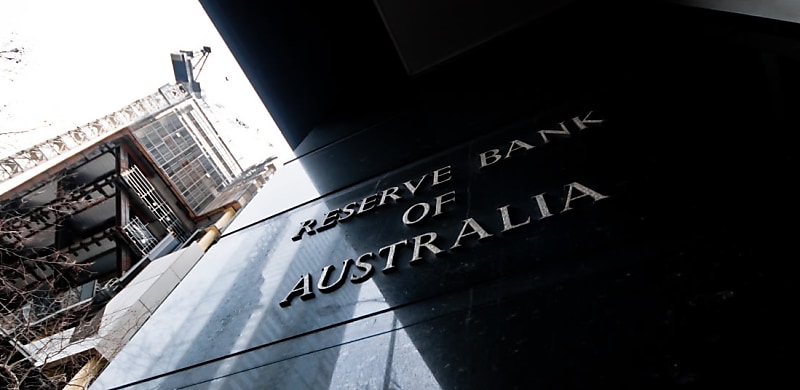
The RBA review could lead to a complete revamp of the board and the way it communicates its policy decisions.
Treasury has released an issues paper as the first stage in its review of the Reserve Bank of Australia (RBA). Expanding on the terms of reference, the issues paper sets out some key questions that the review panel is considering — including the structure of the RBA board.
During the review, the panel of three international experts is expected to determine the appropriate composition of the RBA board, essentially revamping the appointments process, and defining the level of professional experience and qualifications that board members are expected to have.
The RBA board currently boasts nine members. But most recently, questions have surfaced over whether it is too business-heavy and whether members should have more monetary policy experience.
As such, the panel is exploring a possible revamp to foster effective decision-making while also giving Australians greater insight into how decisions are made. This, the issues paper outlined, should yield greater accountability and governance.
The paper suggested that the RBA’s board structure is “not the only way that central bank boards can be configured”.
“For example, in some central banks overseas, the group responsible for corporate governance is not the same as the group responsible for monetary and banking policy decisions,” the paper read.
The paper pointed out that the composition of central bank boards and monetary policy committees varies across countries.
“Some overseas central banks have a separate monetary policy board, with a narrower composition of mainly monetary policy experts and professional economists. Some central banks include a representative from Treasury on their board or monetary policy decision-making body, though not always with voting rights,” the paper stated.
On the issue of transparency, the panel suggested that Australians should be better informed on how individual board members vote on interest rate decisions to promote greater transparency.
The panel outlined that while the RBA publishes minutes following each monthly board meeting, “there is no individual attribution in these minutes”.
“While this is comparable to many overseas central banks, others have opted to publish voting history for individual board members,” the panel said.
“Another approach is to acknowledge opposing views where they exist in the minutes, but without individual attribution.”
Panel to review RBA’s forward guidance
The review team will also be looking at the RBA’s forward guidance.
In the issues paper, the panel explained that while the RBA’s monetary policy actions greatly mirrored those taken by overseas banks, “the adoption of a yield curve target to reinforce its forward guidance was a relatively novel aspect”.
The RBA itself admitted that mistakes were made regarding its yield curve target in an internal review of the policy earlier this year.
Importantly, the review will also take into account the RBA’s signal that interest rates would remain low until 2024.
Although RBA governor Philip Lowe has since said that his words were not an assurance, critics have argued that they were a signal that turned out to be misleading.
“Effective communication about the economic outlook, direction of policy and risks can help the RBA achieve its monetary policy objectives,” the panel said.
Last week, Treasurer Jim Chalmers said the government’s review of the RBA is “not some kind of witch-hunt”.
“It’s not about taking shots at anyone,” Dr Chalmers told reporters in Canberra.
“It’s about getting those institutional settings right so that we’ve got world’s best practice, when it comes to putting together interest rate decisions. I’ve recently met with the review panel, and they will shortly be releasing an issues paper to help guide the discussion.”
The RBA panel, led by former senior deputy governor to the Bank of Canada, Carolyn Wilkins; Australian National University economics professor, Renée Fry‑McKibbin; and eminent Australian economist, Dr Gordon de Brouwer, is welcoming submissions up until 31 October.
The final report is due by March 2023.
The central bank has not been subject to a review since the early 1980s.
Ahead of the 2022 election, both Liberal and Labor were keen to put the RBA under the microscope.
The Organisation for Economic Co-operation and Development (OECD) has also been a vocal supporter of shining the light on the RBA’s methods, noting late last year that Australia’s central bank needs to be subject to a review following repeated failures to hit key economic targets.
[RELATED: RBA Review will 'refine and reform' rather than revolutionise: Treasurer]
 Login
Login











JOIN THE DISCUSSION